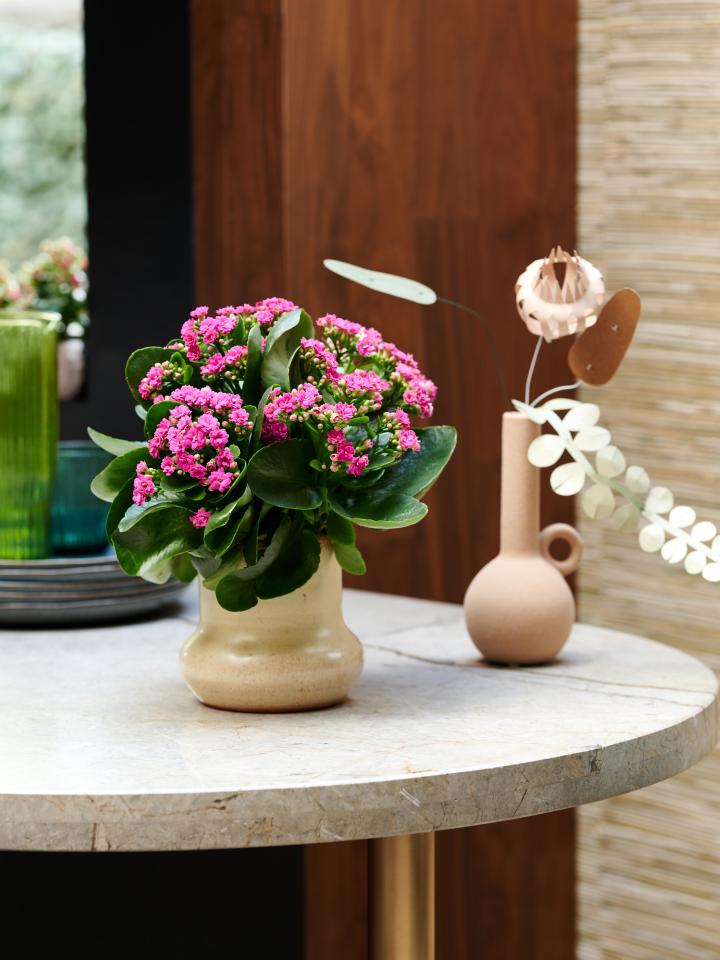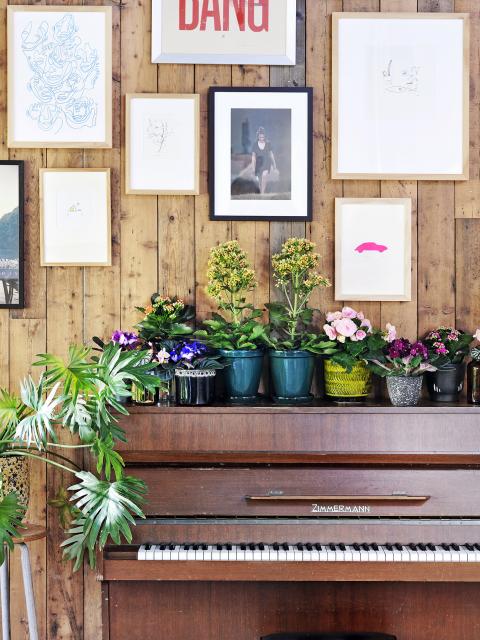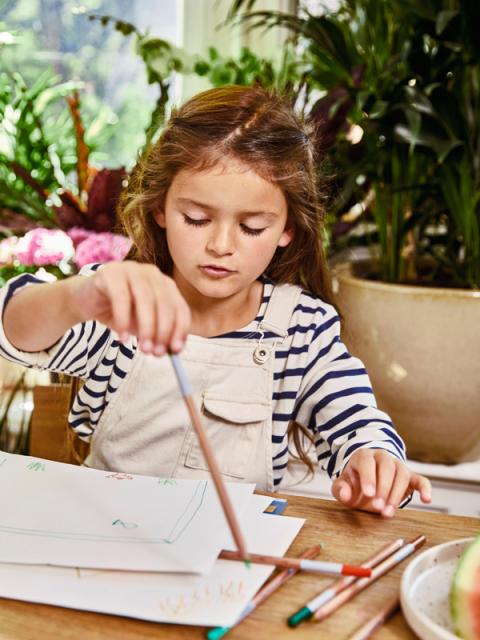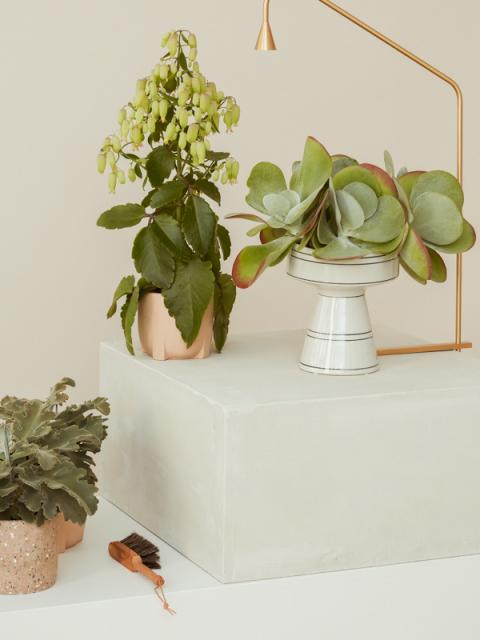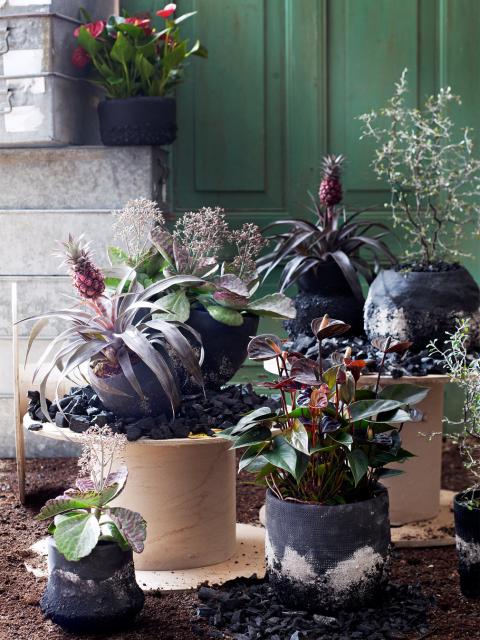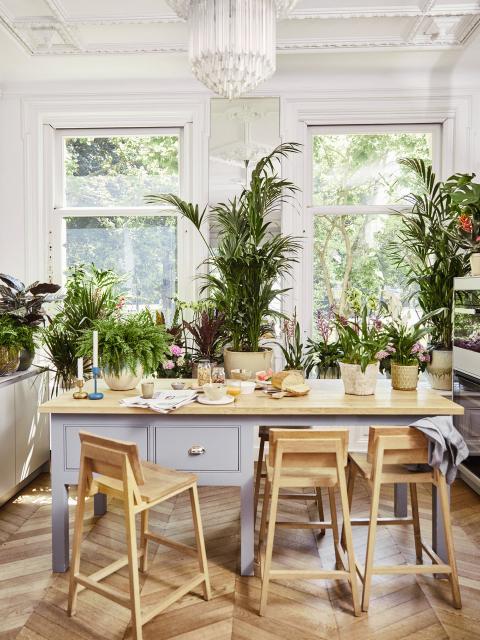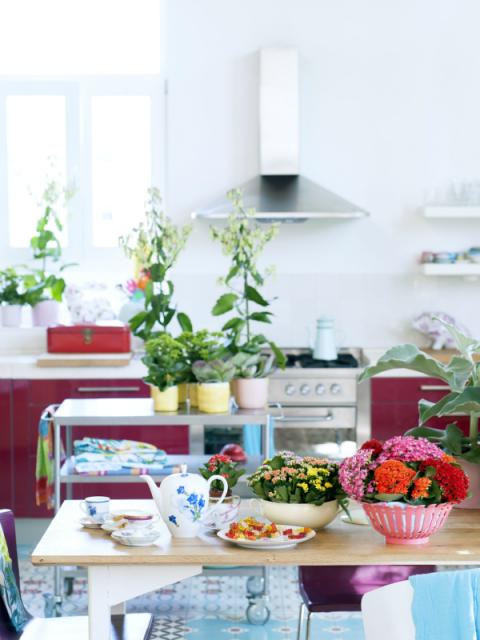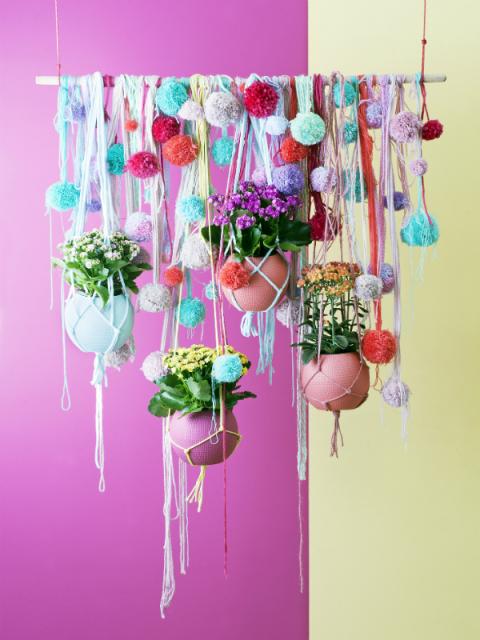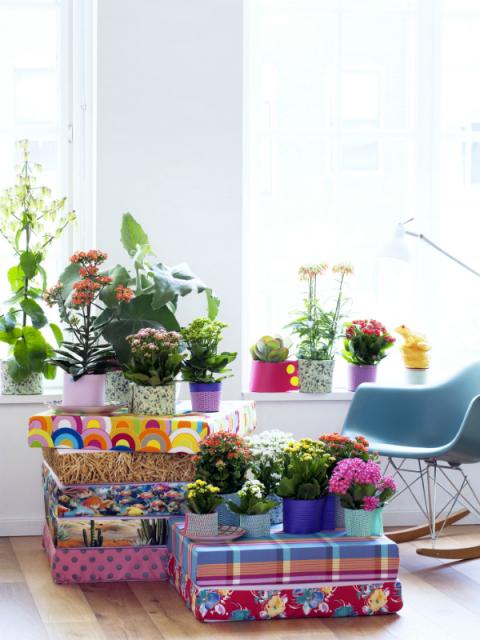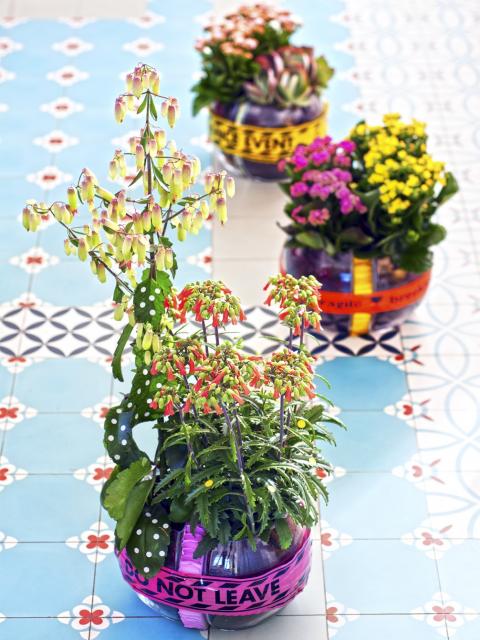COLOURS AND SHAPES
Kalanchoë is the ideal flowering plant for those of us who don’t have much time or lack green fingers. It’s very easy to look after because the sturdy, thick leaves store their own moisture. Yet it's not a compromise plant — this striking piece of natural design comes in dazzling colours.
Kalanchoës such as Kalanchoë thyrsiflora or Kalanchoë beharensis are known for their beautifully marked leaves. The best-known varieties are flowering specimens with double and single flowers. Kalanchoë blossfeldiana has gorgeous scalloped petals, and the Bells range of tall, slender specimens with flowers like lanterns or trumpets are perhaps the most unusual of all.
SYMBOLISM
Flowering Kalanchoë blooms for at least eight weeks. That endurance gives the plant its symbolic meaning of persistence and eternal love.
ORIGIN
Kalanchoë is a member of the succulents family, with 125 known species. The name is a corruption of the Chinese word ‘Kalan Chau’. The plant is native to China, southern and south-east Africa, and is particularly widespread in Madagascar.
The plant was brought to Europe in around 1930, and bred by German seed merchant Robert Blossfeld, which is where the Blossfeldiana species gets its name from. Nowadays it's a very popular houseplant because of the enormous choice of colours and shapes and the easy maintenance routine.

